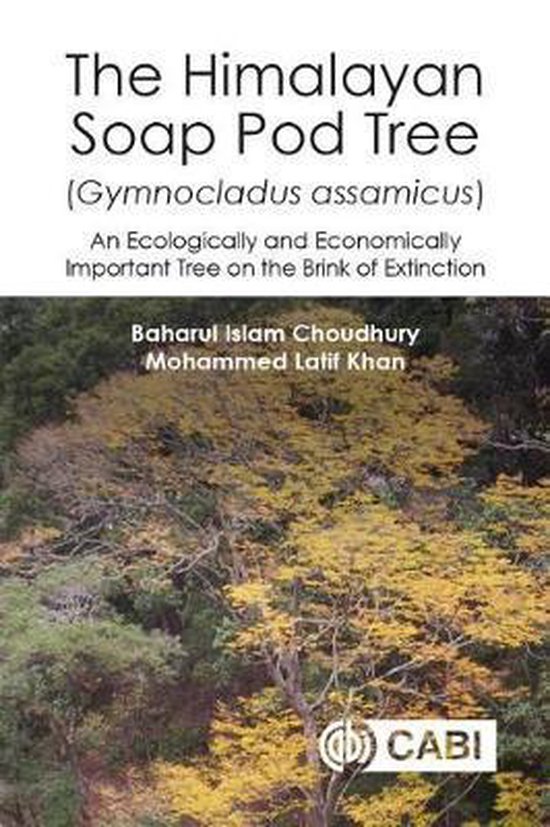Rbizo.com
The himalayan soap pod tree gymnocladus assamicus

Rubriek: Textual/Printed/Reference Materials - Boek
Prijs: € 122.08
Rating: 0/5
☆
☆
☆
☆
☆
Verzending:
2 - 3 weken
2 - 3 weken
Inhoudsopgave:
Omschrijving:
This book tells the story of a critically endangered tree species with a unique biological and socio-cultural importance. This is a unique case study showing an example of plant species conservation in action under difficult circumstances.
The Himalayan Soap Pod tree is a critically endangered and endemic tree species in the Eastern Himalayan region of Northeast India. Locally known as 'Menangmanba-shi' (soap tree) its mature pods have a high saponin content and are used traditionally for cleaning purposes. It was thought to have been locally extinct for 70 years but surveys have now revealed a few mature trees in discrete populations. Its listing has now been changed to Critically Endangered in IUCN Red List and this book tells the story of a tree species which has unique biological and socio-cultural importance. Initial utilisation of 'Conservation Through Cultivation' shows great potential to save the tree from extinction. The book serves as a case study and provides guidelines for similar programmes for other rare and endangered species in the region as well as elsewhere in the world. Key features: Comprehensive case study of a critically endangered tree species Approaches to bring a tree species back from the brink of extinction Serves as a reference and guide for similar future conservation programmes This book is of interest to plant conservationists, forest ecologists, ethnobotanists and forest managers.
Extinction of species has alarmingly increased in recent decades due to anthropogenic activities, natural calamities and climate change. The life history, ecology and evolution of such species have often not been well studied. Gymnocladus assamicus is an archaic tree endemic to the Eastern Himalayan region of Northeast India. Locally known as 'Menangmanba-shi' by the Monpa tribe of Arunachal Pradesh (India), mature G. assamicus pods contain high saponin and are used traditionally for cleansing purposes and rituals. We rediscovered the species after more than 70 years from high altitude areas in the Himalayas through extensive field explorations and employing an ecological niche modeling approach. Our study revealed a very few actively reproducing mature G. assamicus trees surviving in unique microclimatic conditions. The species is classified as 'critically endangered' (IUCN red list). The book contains detailed information about G. assamicus and discusses its current distribution, population status, ethnobotanical uses and other ecological parameters. Major intrinsic and extrinsic factors that might be responsible for population decline are described. More importantly, we reported a very rare mating system known as 'androdioecy' in which male and hermaphrodite individuals co-exist in the natural population. Overall, the book highlights the story of a critically endangered tree species with a unique biological and socio-cultural importance and will serve as a case study and referencefor other similar species both locally and globally.
- 1 Bekijk alle specificaties
Beste alternatieven voor u.
Product specificaties:
Taal: en
Bindwijze: Hardcover
Oorspronkelijke releasedatum: 31 oktober 2019
Aantal pagina's: 188
Illustraties: Nee
Hoofdauteur: Baharul I Choudhury
Tweede Auteur: Professor Mohammed Latif Khan
Hoofduitgeverij: Cabi Publishing
Extra groot lettertype: Nee
Product breedte: 156 mm
Product hoogte: 14 mm
Product lengte: 234 mm
Studieboek: Nee
Verpakking breedte: 156 mm
Verpakking hoogte: 14 mm
Verpakking lengte: 234 mm
Verpakkingsgewicht: 543 g
EAN: 9781786391988